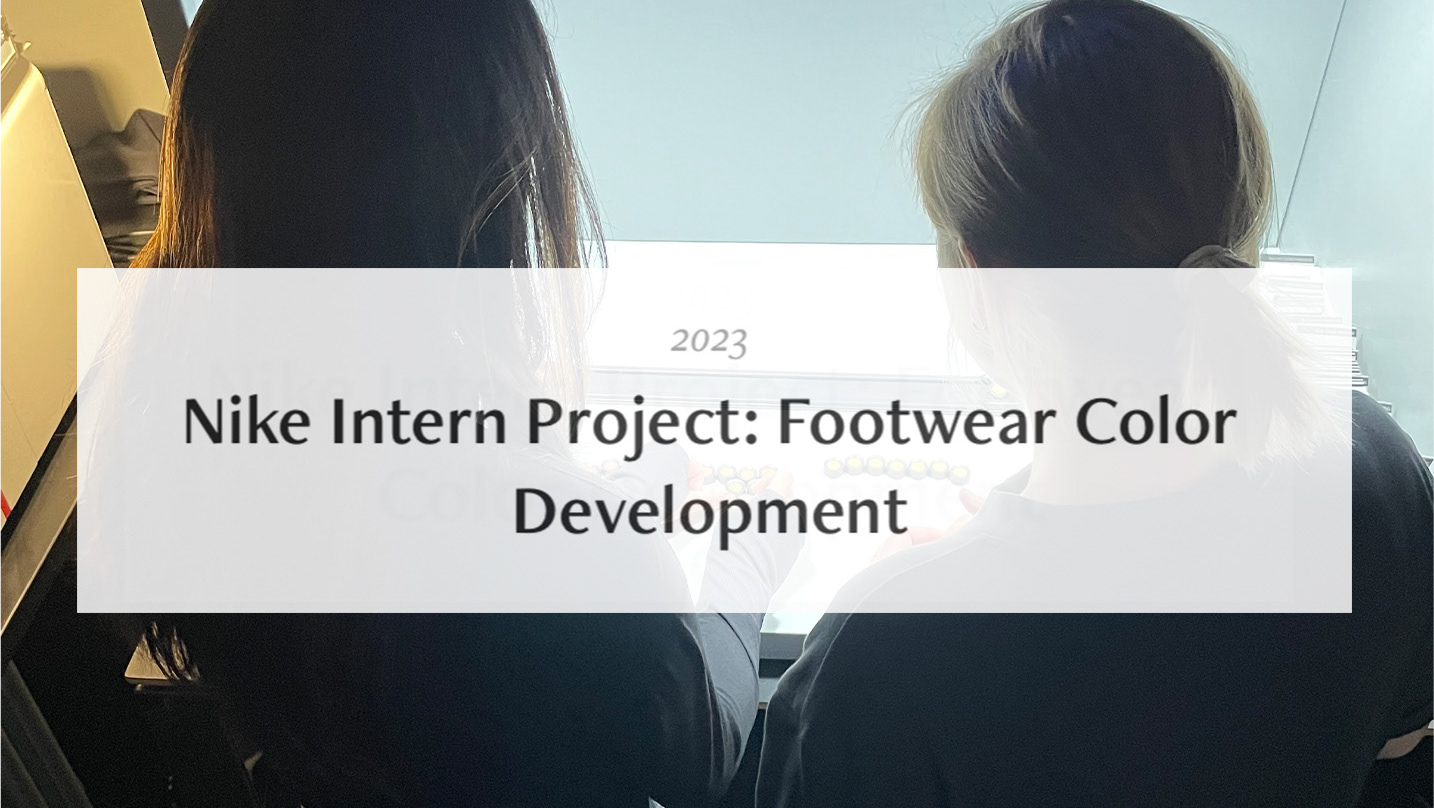One pivotal chapter of my story unfolded early in my college career when I joined Professor Juan Hinestroza's Textiles Nanotechnology Laboratory. After learning of the lab, I was captivated. Thus, I approached Professor Hinestroza who tasked me with learning Arduino and creating the project on the left to assess my possibility of joining his lab.
The assessment was to create an Arduino LED angler fish with conductive thread, an Adafruit pixel, an Adafruit Floraboard, and normal sewing materials. This was one of my earliest introductions to the world of fiber science as a freshman.
After learning the Arduino programming language, I was tasked with fixing the malfunctioning 3D printer shown above using my newfound knowledge. With minimal guidance, I navigated the unfamiliar terrain, gradually delving into more advanced instruments like the scanning electron microscope. This experience not only showcased my problem-solving capabilities but also illuminated the boundless possibilities within fiber science as I expanded my research experience further into an array of unique projects.
The first run of the 3D printer after fixing the operating head!
A celebratory selfie after overcoming the printer challenge which had been a struggle for the whole semester.
Moving on to different types of prints and filaments.
My next project in the lab involved utilizing various tools to characterize materials for a lab client -- a company creating car safety products for children. Specifically, I conducted scanning electron microscopy (SEM), energy dispersive x-ray spectroscopy (EDX), and Fourier-transform infrared spectroscopy (FTIR) analysis to determine if there were any dangerous substances on their child consumer products.
An example of how we separated samples for testing.
The work station for preparing the SEM/EDX stubs and sharpening the carbon for sputtering.
The first sample stub I created.
Sputtering for the first time.
Loading the instrument.
Loading the SEM instrument.
Properly aligning the sample in the instrument.
Saving my file after my first successful imaging.
My lab workspace featuring remnants of my work: some of my 3D printed creations and all of my SEM/EDX sample stubs.







